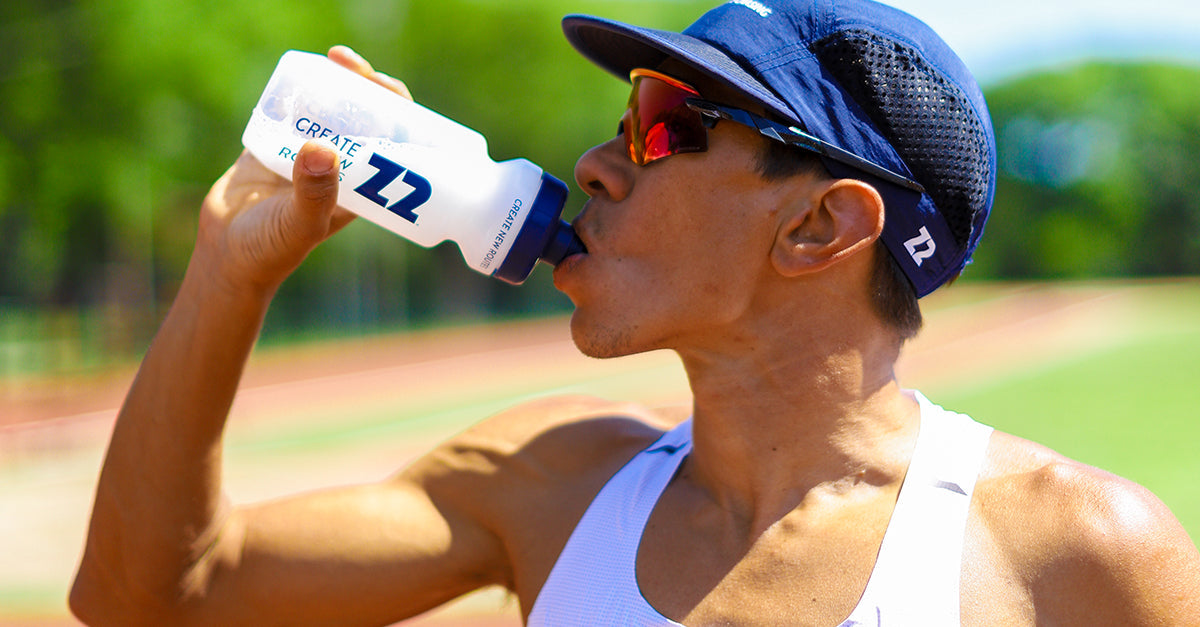You have certainly heard of the term "train the gut," especially when it comes to training, races, and performance. But what does it really mean?
Training the gut means adapting the gastrointestinal system to handle food and liquid intake during intense exercise. The goal is to prevent gastrointestinal issues such as nausea, vomiting, diarrhea, and abdominal discomfort that can hinder performance during the race.
Gut training involves the strategic consumption of foods and beverages during workouts to increase the gastrointestinal tract's capacity to absorb nutrients and fluids without causing discomfort or performance decline. This can include modifying the diet, timing and amount of food and beverage intake, and selecting the types of foods and drinks consumed.
For example, during training, an athlete might consume carbohydrates in the form of gels, drinks, or solids at regular intervals to get used to carbohydrate intake during competition. Additionally, the athlete may experiment with different types to determine which are most tolerable for their gastrointestinal system. This training should be done gradually, starting with small amounts of food and/or drinks and increasing the intake over time.
In general, it is recommended to start gut training a few weeks before an endurance event, such as a marathon or a triathlon. The aim is to gradually increase carbohydrate intake during workouts so that the body can adapt and improve the absorption of these nutrients.
It's important to remember that gut training should be personalized according to each individual's needs.
In summary, training the gut for competition is an important nutritional strategy that can help improve an athlete's performance by ensuring they can consume food and liquids during the competition without facing gastrointestinal issues and can perform effectively.
And remember, it’s prohibited to try something new on race day! Whether it’s a new product or a larger quantity than what has been practiced.
Thank you for reading, and happy training!


